How Much Do Restaurants Mark Up Their Wines?
Last weekend, I enjoyed dinner with my wife and a friend at a tavern in Philadelphia. We started at the bar, waiting for our table, and ordered two draft beers and one glass of wine. The bill was over $35. Ouch!
We sat down and ordered a bottle of Malbec, a purple grape variety with a dark, inky color and big tannins. I have typically found Malbecs to be of great value, especially the ones coming from Argentina like this one.
In addition, the Malbec was a great food and wine pairing for our meals.
One of the reasons I purchased the Malbec was because, at $63, it was one of the lowest-priced bottles on the wine list. I was a little surprised for a tavern, but hey, we were out for a fun night of dining with a friend.
For the record, the wine was delicious—so delicious that I wanted to purchase more of it for home consumption. In Pennsylvania, restaurants have to purchase the wine from the state liquor stores, so individuals like me can order any wine I find on a restaurant’s wine list.
I did a quick search on the Internet for the same bottle of Malbec we enjoyed at this tavern—the same wine, the same year. I was shocked when I saw the price of the wine I found on the Internet—$13.00. That makes the $63 price I paid at the tavern almost FIVE times as much as the retail price. Outrageous!
I know restaurants charge more than the one-time markup. I remember years ago when a $10 wholesale bottle of wine sold in a restaurant for $20. Those were the days.
Today’s Restaurant Markups
I decided to research before getting upset over this 5-time markup. Maybe I’m just way behind the times, and this is an industry standard. I searched “Wine Markups in Restaurants” and found the following results:
According to an article by Gretchen Roberts called The Lowdown on Restaurant Markups in the WineEnthusiast,
Randy Caparoso, a restaurant wine consultant at Wine List Consulting Unlimited, says industry-wide markups average two and a half to three times wholesale cost. A bottle priced at $10 wholesale might sell for $15 retail, but $25 to $30 in a restaurant.
OK, that’s more than I would like to pay but 2 1/2 – 3 times WHOLESALE cost, not RETAIL cost. Of course wholesale prices vary from state to state, and state laws and taxes can affect those prices.
I also learned in this article, position on the wine list matters.
Most lists follow a graduated markup, with the highest markups on the cheapest wines, and lower markups on higher-end wines. A $10 wholesale wine may be marked up to $30, but a $50 wine might be just $80.
Following my wine experience, even if the restaurant paid retail for the Malbec I ordered, using the 2 1/2 – 3 times ratio, I should have expected to pay $32.50 – $39.00. That’s more like it.
Why The High Markups?
According to Anna Bernasek in her Newsweek Business article,
Restaurants say they mark up wine because they add value to the drinking experience. First, they take time to select a wine list to go with your dinner.
They may also advise what wine pairs best with menu items and, for those who want it, some education about the wine itself. Some provide fine glassware, and of course they all open the bottle and pour it for you.
But is all that really worth an additional $53 for your bottle of Ferrari-Carano? And don’t forget that you’re paying a tip on that extra charge.
Restaurant Costs Factor Into the Equation
Depending on your state, a restaurant will pay a percentage of the markup for a state tax “or penalty” for alcohol consumed at the point of purchase. According to restaurant.com, a state looks at it as a way to
This will discourage people from drinking multiple glasses while out, but it will also provide a significant source of revenue for the state.
The actual amount of wine excise tax varies greatly from state to state. As the map on TaxFoundation.org shows, the highest rate in 2014 was in Kentucky at $3.56 per gallon to a low of just $0.11 in Louisiana.
The size of a restaurant can also affect the markup. Large chain restaurants can buy their liquor in bulk and get wholesale prices, while smaller restaurants that may purchase only odd lots of wine don’t receive the discount.
Also, there’s a good chance a smaller restaurant’s operational cost per customer is higher, so they have to pass on these extra costs by marking up both the food and the wine prices.
Should You Buy Wine By the Glass or By the Bottle?
I personally like to buy by the bottle. Depending on the pour a restaurant offers, which can vary from 4 glasses per bottle to 6 glasses per bottle, and the price they charge, I usually find a bottle is the way to go.
For example, a 750 ml bottle of wine equals 25.36 ounces, so if the restaurant is getting 4 glasses per bottle, each glass offers 6.34 ounces. That’s a very fair pour and one I would be thrilled with.
Unfortunately, I find many restaurants using 6 pours per bottle or 4.23 ounces per glass, which, in my opinion, does not justify the $10 to $17 per glass they charge. At an average of $14 per glass, we are talking about $3.31 per ounce.
If a restaurant charges $14 per glass and serves 6 pours from a bottle, we are talking about $84 per bottle of wine. That’d better be an excellent bottle of wine they are serving. Now, if they serve 4 pours per bottle, we are talking about a $56 bottle of wine. That’s a huge difference.
How Restaurants Can Sell More Wine
In my opinion, I think restaurants would do better by pricing wine with lower markups (of course I do) for a few reasons:
- I am more likely to return to a restaurant where I feel I’m being charged a fair value for the wine.
- I am definitely not returning to the tavern I just went to, where they are marking up the wine 500%.
- If the prices are reasonable, I think more people will be willing to buy a bottle of wine instead of a glass or two.
- I’m also more likely to buy a second bottle of wine if the price feels right.
- If a restaurant marks up a $50 bottle of wine to $200 on its wine list, it may sit there for a while before someone buys it. If they have a case of it in their cellar, this is a substantial investment that does not make them any money.
- If they mark up that same $50 bottle of wine to $125, they will likely sell it in less time, freeing up capital for more wine or other expenses while still generating a $75 profit. The same goes for more moderately priced wines.
- A $13 bottle of wine marked up to $43 (forget $63) will not sell as quickly as a $30 bottle, and the restaurant still makes $17 per bottle. If you sell two, three or four times as many bottles at this lower price, it will more than make up the difference of selling fewer at the higher price.
How to Get the Best Value For the Buck
Assumptions – You are not on an expense account and have not just won a big lottery.
All the experts agree that the more you spend on a bottle of wine, the better the value. As described above, the cheaper the wine, the higher the markup. So if you pay more for a wine, you should be getting a better wine with less markup giving you a better value.
Something I didn’t know and just learned is don’t buy the “second-least expensive wine on the list.”
Again, according to the WineEnthusiast,
The second-least-expensive wine on the list is often marked up the most. Why? People don’t want to look cheap, so they order the second cheapest wine, Shor says. Go one or two bottles higher for a better deal.
Avoid the most popular wine brands, such as Clos Du Bois, Beringer, La Crema, and Kendall Jackson. There’s nothing wrong with these brands; they are all good wines, but they always get big markups because they are popular, people recognize them by name, and restaurants know they will sell.
Also, try some different grape varietals. Restaurants charge more for chardonnay, merlot, and cabernet sauvignon because they are so popular. I often find great buys on a wine list with less well-known grape varietals like Malbec (but not at the restaurant this weekend), Tempranillo, and Mourvedre.
The more you learn about these lesser-known wines and try them at home, the more surprised you will be when you see them on a wine list as a great value.
If you are at a restaurant with a sommelier, don’t hesitate to give them a dollar amount and ask for their best choice. They are the experts and know all these different wine varietals, and it’s their job to find you a great wine to fit your budget and complement your food choices.
Do Your Homework
This may be a bit much, but if you know what restaurant you are going to and it has a wine list on its website, go check it out. You can figure out what their markup is by looking up some of the wines on their list and comparing prices.
I have never done this, but I know I would not have chosen the restaurant we went to if I did, and I will more likely do a little homework in the future for restaurants I’m not familiar with.
This is also a great way to find great wines to buy in retail. If you know a restaurant with a great sommelier and a great wine list and can access it, you can use it to learn about new and interesting wines to purchase in a wine store.
Use an App
I have an app called Corkz that lets me keep track of my own wines that I purchase and hold on to for a few years as they get better. I can also look up just about any wine on the planet and get a rating plus the average cost. This would be a great way to learn about potential wines I want to purchase in a restaurant and to see how much they are marking them up.
Raisinable.com – I read about this upcoming app in one of the above articles. It’s not available yet, but I will purchase it when it is. Here’s how it works:
Reasonable compares the prices of wines in a restaurant to the average retail prices for the same wines – so at a glance, you can see how much bang you’re getting for your buck for each bottle, conveniently ordered in the same way as the restaurant’s wine list. No fuss, no fancy flim-flam, just clear pricing in a free mobile app.
Smart Phones—You really don’t need an app to see that the $63 Malbec only costs $13 retail. You can just do a search on your smartphone. The problem with this method is that you are already sitting down at the restaurant, and you can be sure if they are marking up the Malbec by this much, there’s a good chance they are doing the same with the others.
BYOBs
An alternative choice is to find local BYOB (Bring Your Own Booze – Bring Your Own Bottle – Bring Your Own Beverage) restaurants that allow you to bring your own bottle(s) of wine to the establishment. This usually happens when a restaurant doesn’t have a liquor license or is waiting to get one, but in some states like Utah, all restaurants allow you to bring your own wine even if they have a license.
In these restaurants, you are often charged a “corkage fee” ranging from $5 per bottle to $25 per bottle. I’ve even read about some high-end restaurants “like Per Se in New York or the French Laundry in California’s Napa Valley, that surcharge will set you back $150 or so.”
Can you imagine that?
The question I have for restaurants charging 400%—500% markups to survive is how these BYOB restaurants make it work without selling liquor. It’s not like they are charging more for their food than other restaurants selling liquor.
My Conclusions
Dining out is a luxury. You don’t have to go out for dinner or order wine when you do, but wine is an important part of the experience for many of us. I’m all for restaurants making a profit and taking care of their employees, but I also believe they have to respect their customers.
I don’t go out as much these days as I did before kids, and I may be a little naive about current pricing practices. I’m not even sure if this new knowledge will change my dining habits in the future, but I know one thing. The tavern I went to last weekend has lost me and my friends as customers for life.

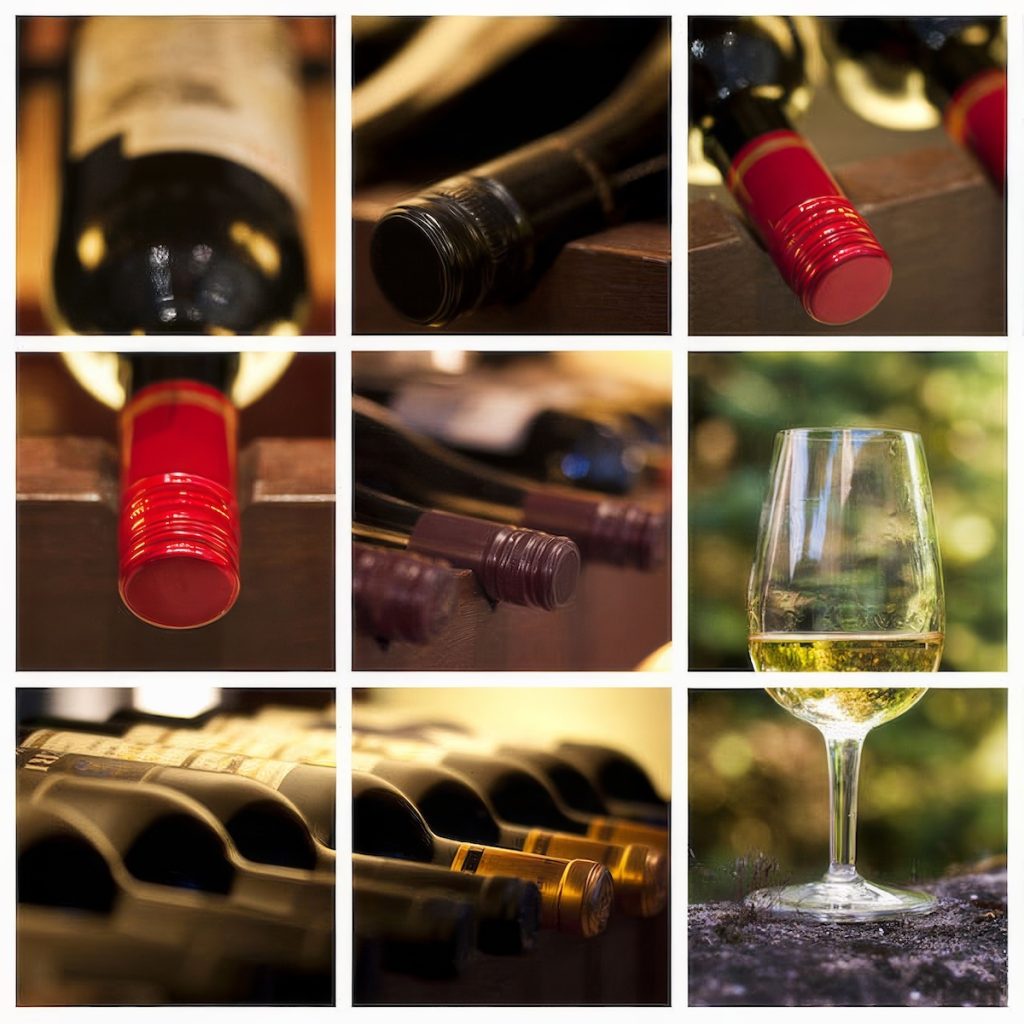
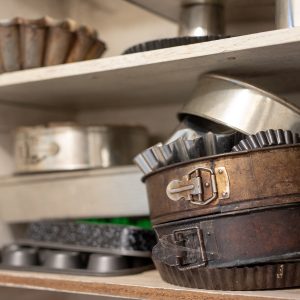

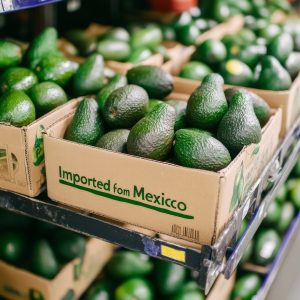
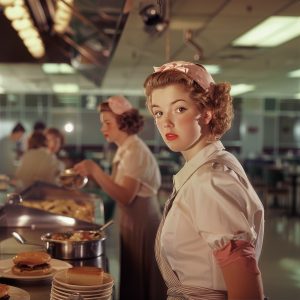
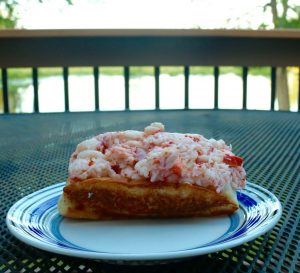



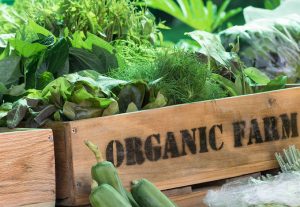


11 Responses
Have you ever figured out how much the rum costs in a Cuba Libre? Or the whiskey in a Manahatten?
I’ll bet the mark-up is more than wine! And a lot less inventory to keep.
Excellent point Milt.
Have you spoken to the tavern in question? Unless you’ve given them a chance to explain and correct the problem, it’s really not fair to go public. I know that, to your credit, you didn’t name the particular tavern and that they aren’t the only culprits.
I would send them a note letting them know the numbers you found, i.e. $13 vs $63, and telling them that, because of this obscene markup, none of the four of you will be back. I would add that you have been and will continue telling other people about your experience. Bars and restaurants rely largely on word-of-mouth for new customers and definitely don’t want anyone giving them a bad review. It wouldn’t hurt to mention that you’re a food blogger.
The reason that I say you should tell them the difference between retail and their price is that they may not know the retail price and may set their price based on whatever they are paying.
Another reason for buying by the bottle instead of the glass if you have more than one person drinking it is that when you buy per-glass, you’re paying for some of the wine you don’t drink. The restaurant has to open the bottle and can only keep the undrunk portion for so long. If the bottle isn’t finished, the rest is thrown out. One of the reasons you pay more for four (or six) glasses of wine than you would for a bottle is that the cost of the discarded wine is included in your cost. This is also one reason why the house wine is cheaper than other similar wines.
Hi Linda, thank you for your comments and feedback. Yes, I did call the manager of the restaurant the next day (before I wrote the post) and pretty much told him everything you suggested in your comments. He said he would like to show me how he arrives at that mark up and would call me back with numbers but I never heard from him. In our conversation, he did say the main reason they used such high markups was because of how well they treated their employees. I’m glad to hear they are taking care of their staff. I do understand your explanation of paying for discarded wine but this is a very busy bar/restaurant so I don’t believe much is tossed at the end of the night. At the end of the day, this is not such a big deal. We had a good time, enjoyed our food, I learned about a new wine that I can buy at a local liquor store at great value and I learned that some restaurants are charging 5 times over retail.
While on vacation recently in San Diego my wife and I had dinner at a 5 star restaurant called Addison’s. I expected to pay a premium on wine but when we were offered a glass of champagne 2006 vintage Vueve Clicquot Grand Dam on arrival to our table, I expected to pay a 300% markup. No prices were offered and when I asked for the wine list they continued to push the wine pairing with dinner. I only received the wine list after insisting on seeing it. Too my surprise the glasses of champagne were $130 each. A bottle sells for $149 to $159. The wine pairing which I did not order was $400 per person. I have dined at many fine restaurants, but have not seen this degree of markup on higher priced wines anywhere. Nor have I seen such a reluctance or refusal to be open about the prices. We spent the rest of evening laughing about how pretentious the entire restaurant experience was. I am lucky enough to be able to afford to make this kind of mistake. But as we sat there seeing some younger couples out for a special occasion, we wondered, how many of them would get the surprise bill of a life time and really not be able to afford it. Any restaurant, no matter how good the Chef is, should be open about their pricing and allow patrons the experience without surprises.
Absolutely Ronald and thank you for sharing your story.
This is an old article but it’s relevant that the restaurant was in Philadelphia. Pennsylvania IIRC has a state-controlled liquor board that sets pricing. They require restaurants to pay the same retail price as consumers and buy wine through the state liquor board. Running a restaurant in a state like Pennsylvania creates challenges that customers don’t know about.
Hi Amber, great point, but that’s not exactly true from my understanding and someone who lives in PA. Restaurants and country clubs do get a discount that other walk in customers do not get. Also because PA is one of the largest buyers of wines in the country, they can get great deals on many of the wines consumers buy as well as restaurants. What is great about PA state liquor board is I can purchase the same wines that are being sold in restaurants so if I have one that I really like, I can special order it from the liquor board.
My biggest complaint about wine in restaurants is simply the poor quality of the cheaper wines. I drink wine at home and find that if you are diligent, you can find many good wines in the $10 to $15 (retail) range. One would expect these to be found on a wine list for $25 to $40, which is fair, but not for the generally lousy wines on wine lists in that price range. If I can find nice wines for a reasonable price, why can’t the restaurants?
Hal, I couldn’t agree with you more. I find some amazing wines, both red and white, in that range. Thanks for sharing.
I buy a lot of wine, sometimes several bottles in a week. I buy very good wine of the types I like. (Just spent over a thousand on 14 bottles.) And I buy very inexpensive wine if it’s a good bargain, like some at Trader Joe’s for $5-10.
But, When I go to a restaurant, I never consider buying wine. The markup is just outrageous. If they were to price wine at a retail price, plus a handling fee, their profit would probably increase. A handling fee of$3-$5 per glass and $5-10 per bottle would probably motivate everyone who likes wine to order it. Plus it would motivate return visits for sales of food.
It has been my experience that only about 10% of the people in a typical restaurant orders wine, while 70-85% of Americans drink it. It is really stupid that restaurants are losing all that profit.